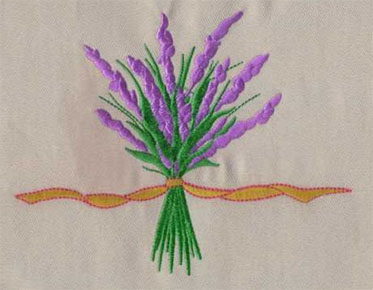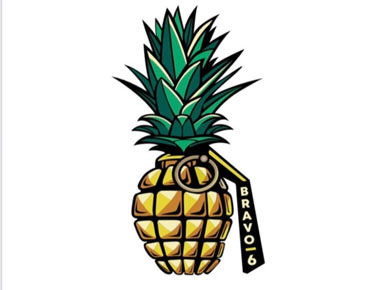Tips for Adjusting Thread Tension During Embroidery
Finding balance is an important aspect of many areas in life, and proper thread tension is no exception. When using your embroidery machine, it's crucial to find the right balance in order to create beautiful designs, logos, and works of art. Improper thread tension can lead to a decrease in productivity, as well as an overall substandard product.
As a professional embroidery digitizing company, Eagle Digitizing's service team receives numerous calls from customers experiencing embroidery issues that can be easily resolved by focusing on thread tension. One of the most common reasons for thread breaks is improper tension settings. Poor tension can also cause looping, puckering, and stitches that appear squished.
The default tension settings on your machine will be appropriate for most embroidery digitizing. However, after elapsed time, use, and application, you may need to troubleshoot tension issues. A tension gauge is recommended for setting both top and bobbin thread tension, and can be found in both analog and digital models.
How to Adjust Thread Tension?
It's important to adjust the bobbin tension first, since you will have several needles working with a single bobbin. Less is more when adjusting bobbin tension, a quarter-turn or less at a time is recommended. The tension for the top thread will depend on the kind of thread you are using. Following the recommended tension for each thread on your multihead machine is important.
Once you're satisfied that thread tension is set correctly using a tension gauge, run a few tests before beginning a project. Some people run an "I," "H," or "FOX" test; embroidering these letters will allow you to check tension as the top and bobbin threads work together in various directions.
It's important to consider the properties of the thread you are working with and adjust tension according to digitizing company's recommendations. Rayon runs well at a lower tension setting and requires a tighter variance than polyester, while polyester does well at a higher tension setting and allows for more variance than rayon. Specialty threads may require tighter tension to run well, so reviewing recommendations from the thread manufacturer is best.
What are Other Causes of Thread Breakage?
If you've gone through all the steps and are still experiencing issues, consider other factors like using a worn needle, ensuring the machine is threaded properly, cleaning the bobbin case, replacing the worn-out bobbin case, and following routine maintenance on the machine.
At Eagle Digitizing, we understand the importance of finding balance
in embroidery digitizing, and proper
thread tension is a crucial element to achieve it. Our team of professionals
has extensive experience in adjusting thread tension, and we can provide you
with expert advice and support to ensure that your embroidery projects are
successful. Trust us to help you create beautiful designs with optimal results.
Contact us today to learn more about our embroidery digitizing services.



